10 Reasons Why Your Toilet Won’t Stop Clogging
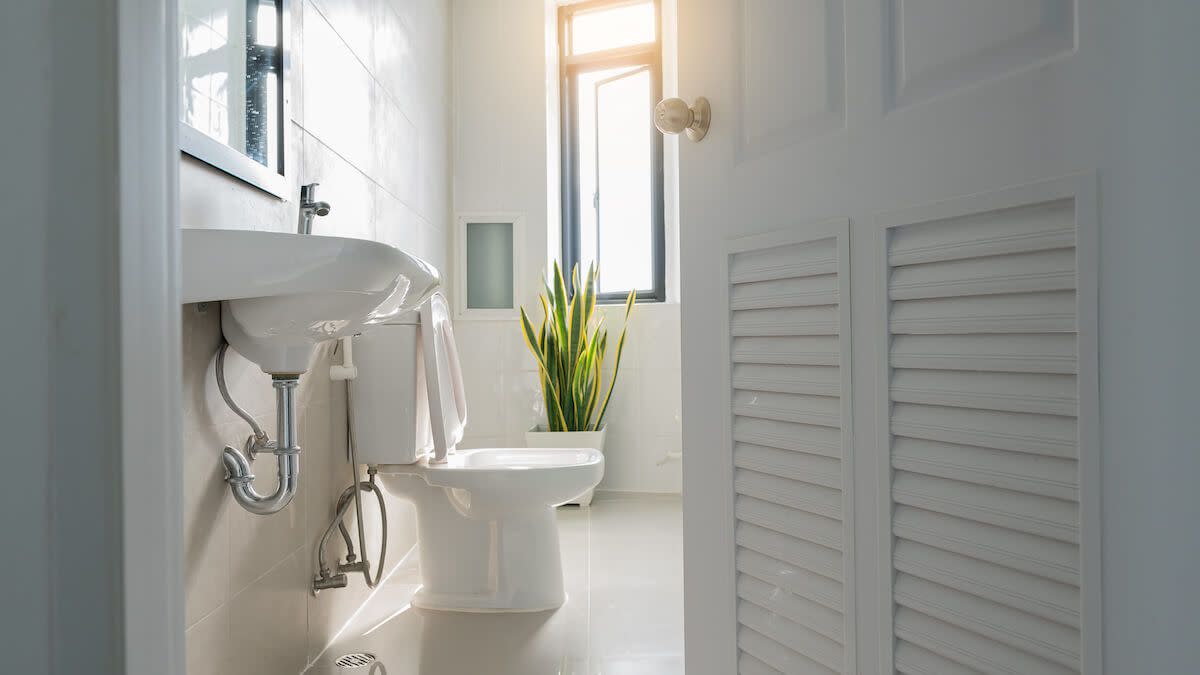
This article originally appeared on Angi and is syndicated by Cheapism.
Backed-up toilets are an unpleasant, potentially embarrassing, and surprisingly common occurrence. Plunging your toilet may seem like a quick (if unappealing) fix, but repeated clogs can cause bigger problems that can be costly to resolve. Find out the possible reasons why your toilet keeps clogging and how to stop it from happening in the future.
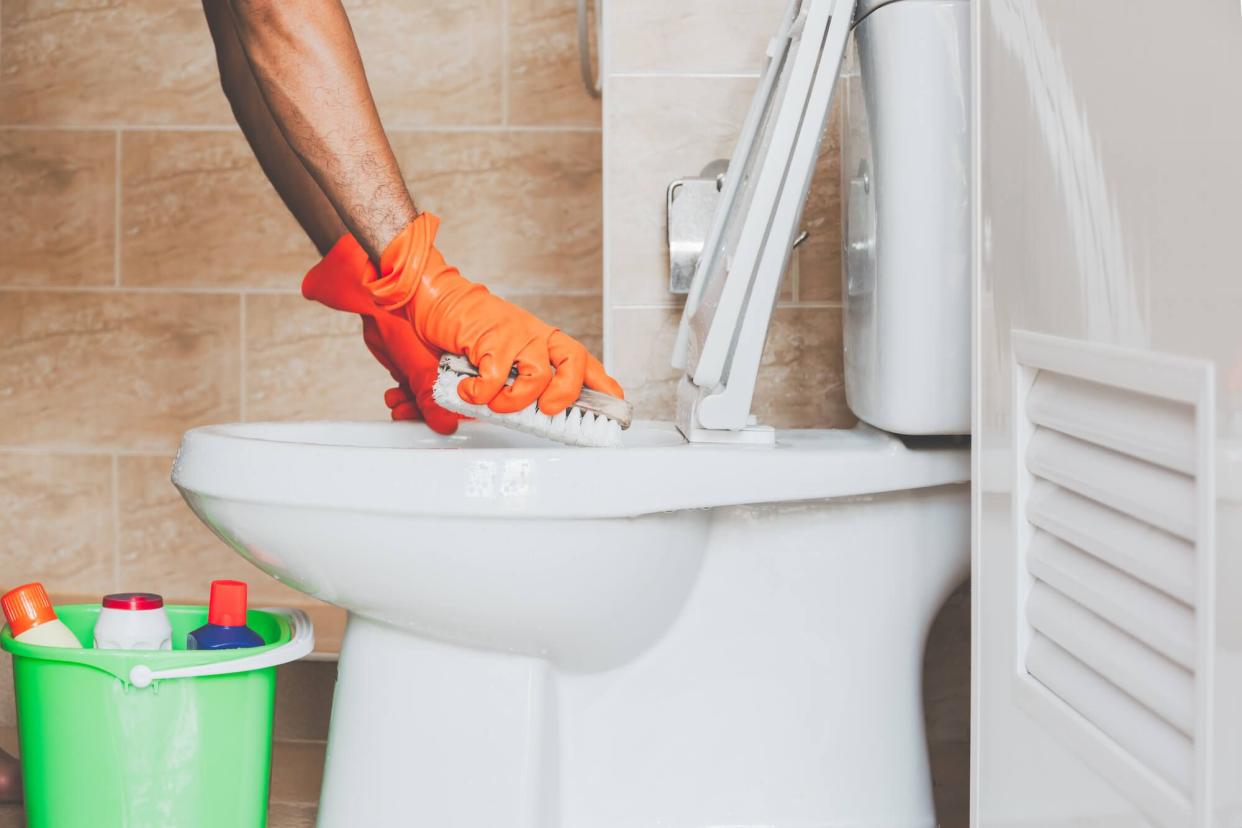
One of the most common reasons for a blockage is flushing things down the toilet that you really shouldn't. All that should go into your toilet is waste and toilet paper. However, many people flush things like sanitary products, diapers, paper towels, cotton swabs, and dental floss. Wipes marked as “flushable” might even be a clogging culprit.
Kids especially might be flushing items down the toilet. So toys, toothbrushes, and other large items can sometimes block your toilet without you even being aware.
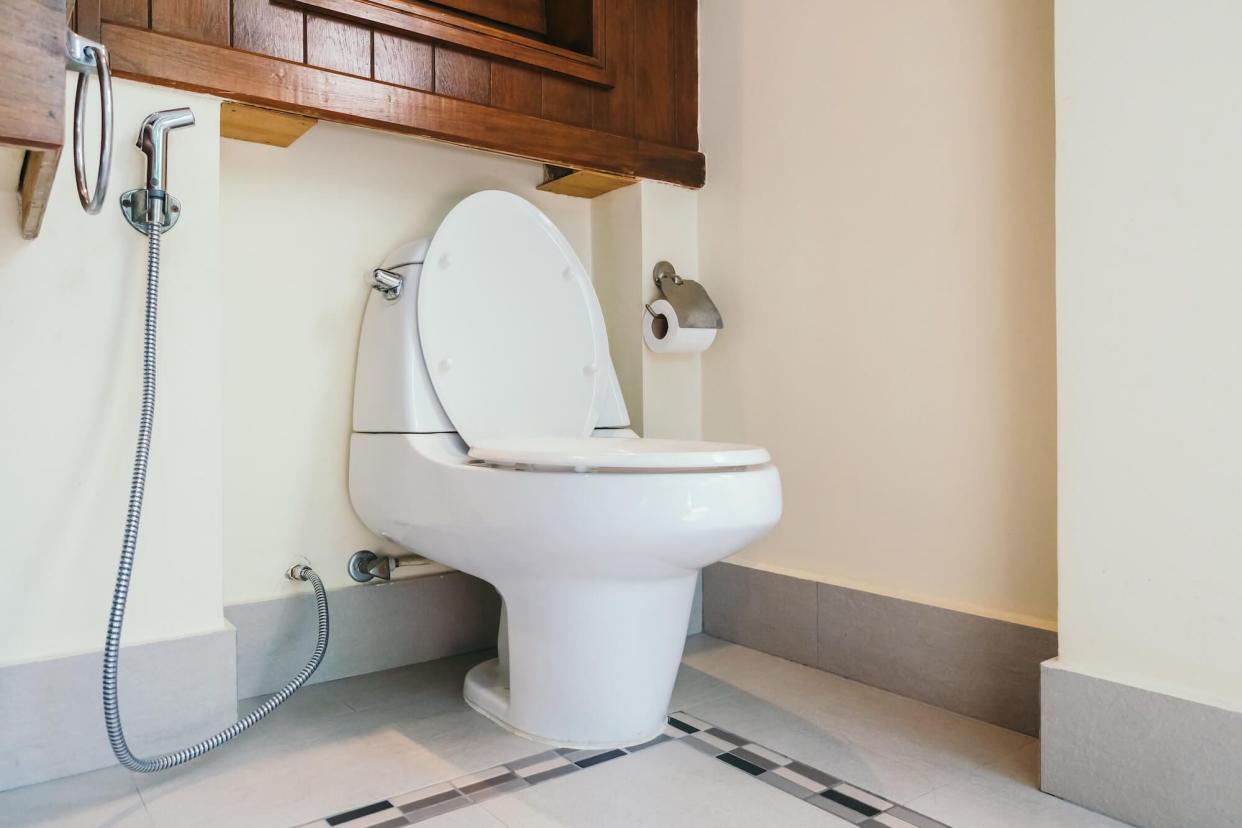
Are you guilty of pulling a long line of toilet paper off the roll every time you visit the bathroom? While toilet paper should break down, it may not dissolve as effectively when you use too much, leading to clogs. Thick ply and poor-quality paper are also more likely to cause blockages. Reducing the amount of paper you use, trying a different brand, or even using a bidet can all help.
Tip: Using a solution of baking soda and vinegar can further dissolve the toilet paper enough to unclog your toilet.
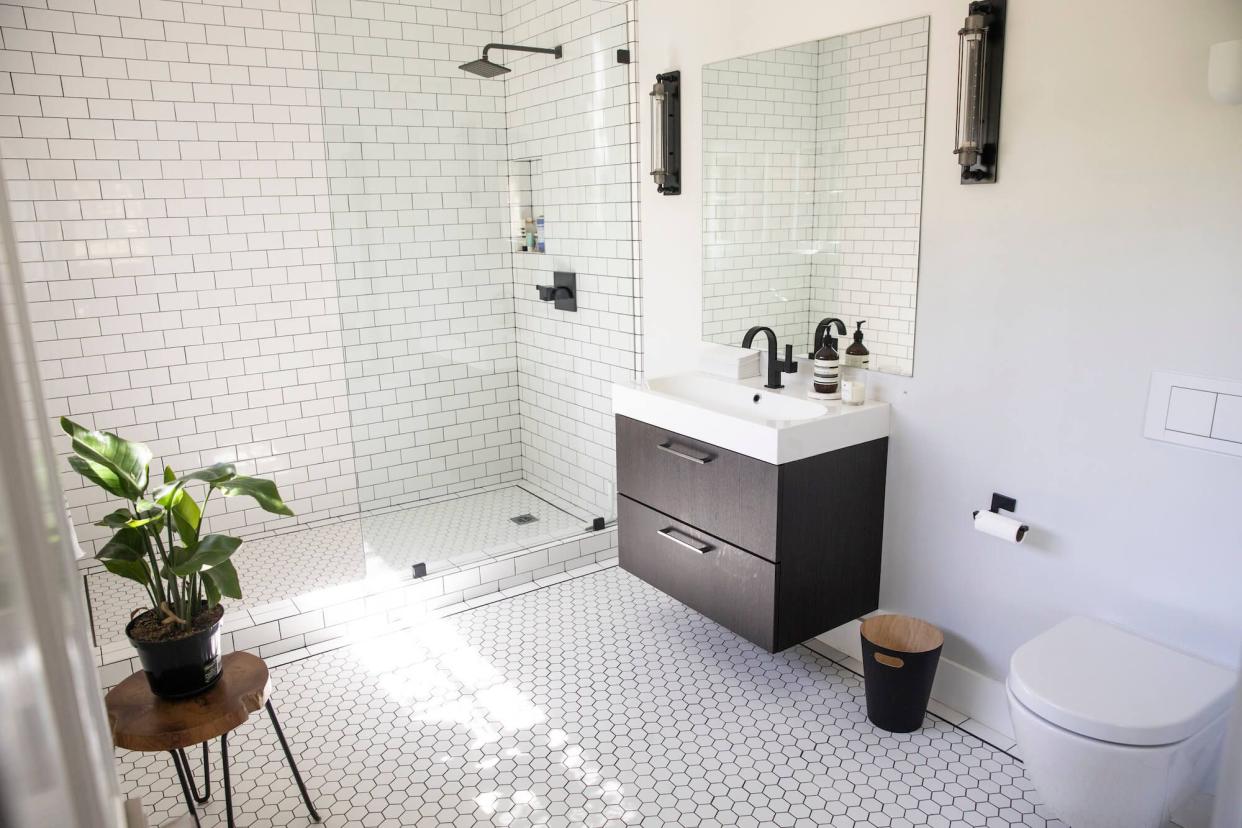
In the 1990s, manufacturers introduced low-flow toilets in a bid to conserve water. However, they don’t always have the flushing pressure capacity to push the materials through the trap and drain.
Although reducing the amount of paper you use can help, clogs may be inevitable until you install a modern replacement with increased pressure.
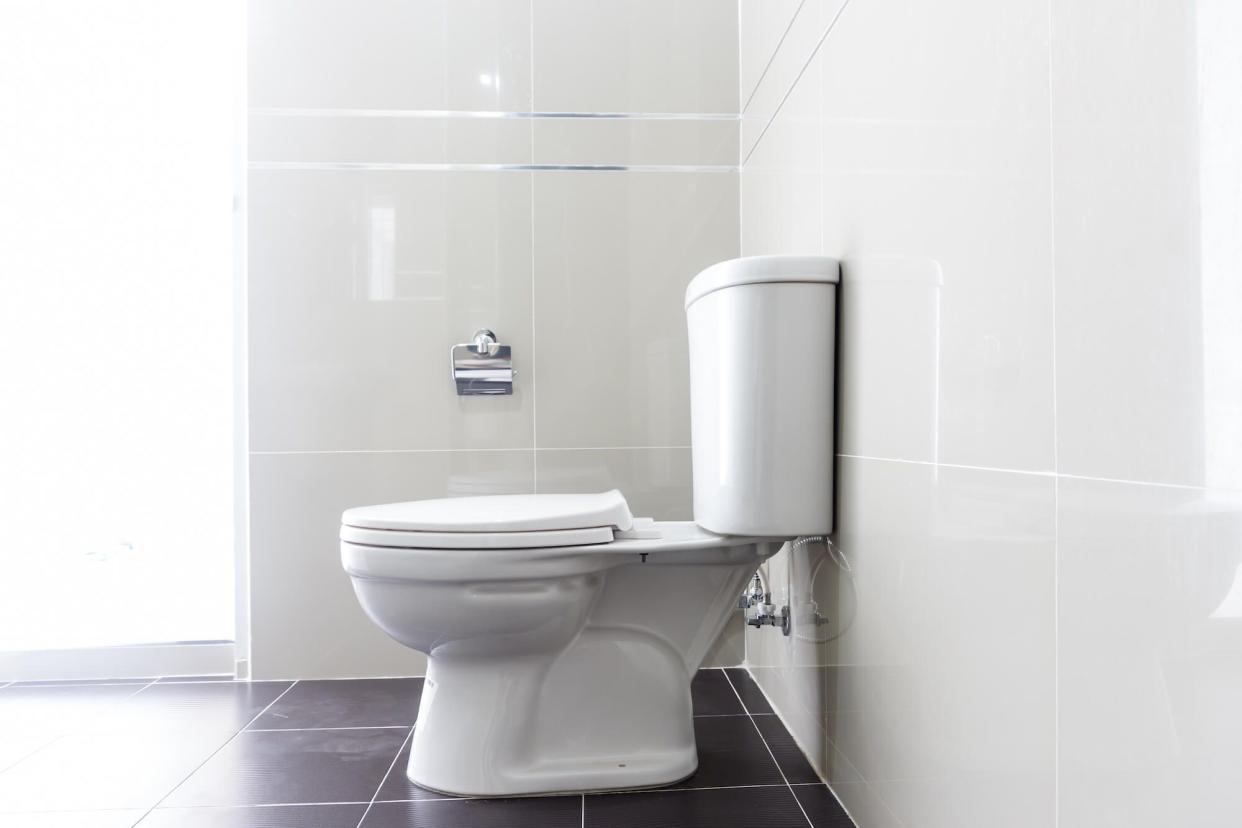
An S-shape trap found between the toilet bowl and the drain line catches objects and prevents them from causing a more serious blockage further along the drainage system.
Items can become clogged in this section easily, and often plunging only dislodges the trapped items rather than removing them. This can result in a bigger problem further down the drainpipe.
Also, the longer they sit there, the more likely it is that other things will become attached, creating a bigger clog. In these instances, it’s better to use a toilet auger to catch and lift the offending items out or call a local plumbing pro for assistance.
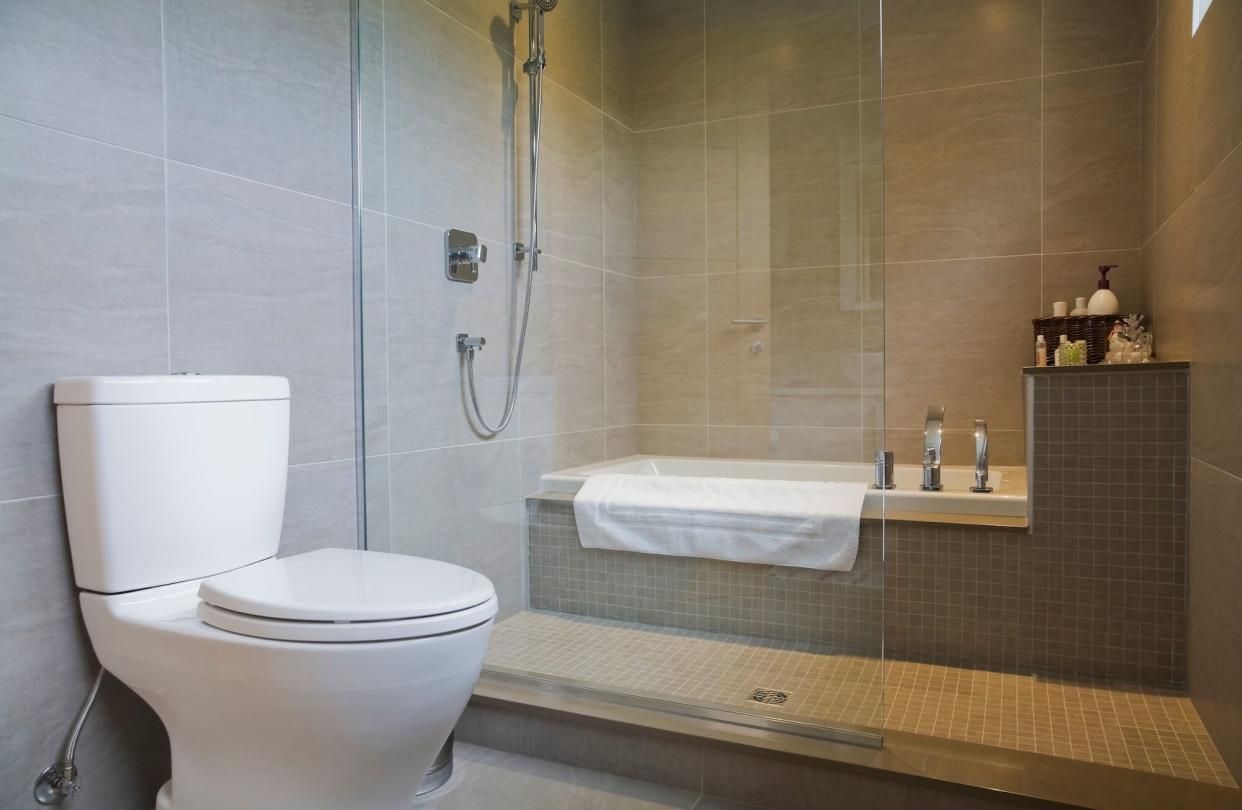
Toilet vents bring air into the plumbing system, creating greater pressure for flushing and preventing a vacuum from forming. Because the vents have an opening on a home’s roof, debris can become trapped in them, reducing flushing pressure.
It’s a good idea to check and clean the vents regularly. But, if you’re hosing down a toilet vent and the water is coming back up the pipe, and gurgling sounds are coming from the toilet, there may be a larger blockage that needs clearing with a long auger.
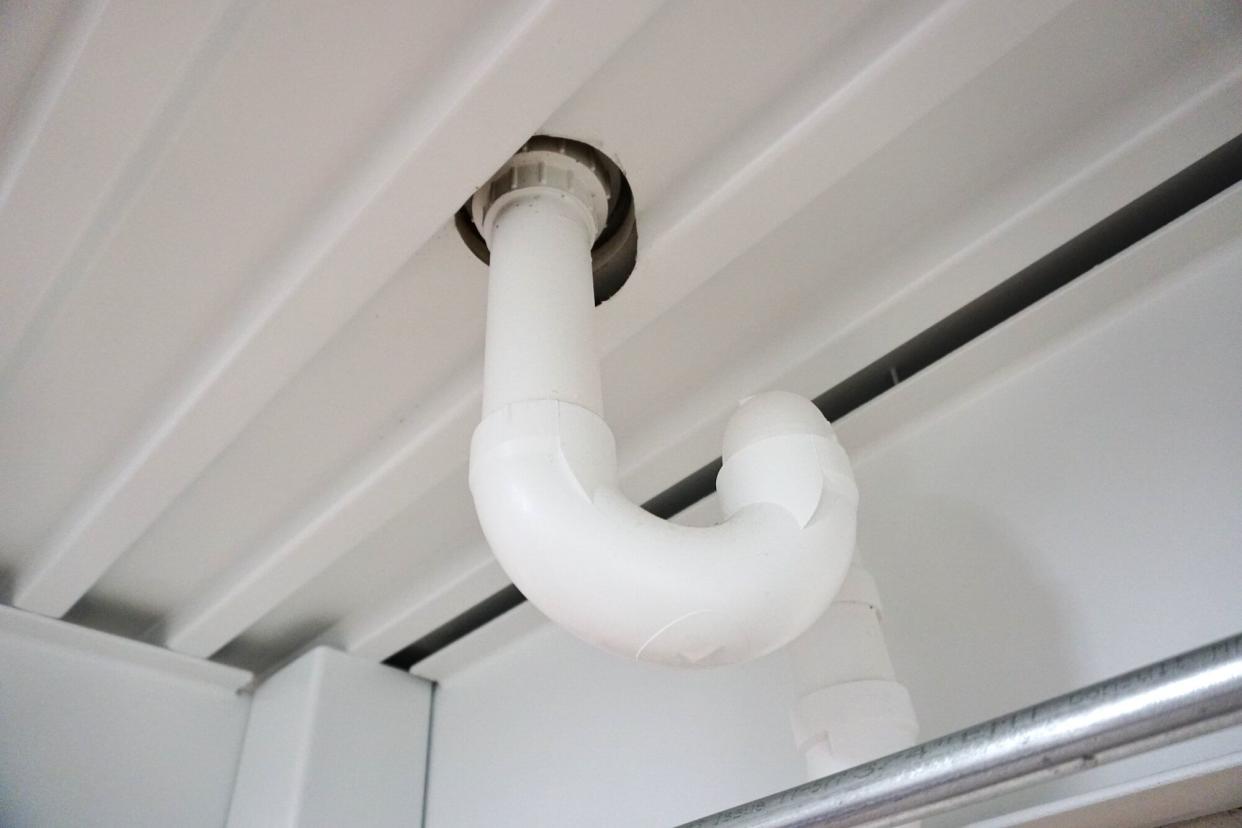
When items flushed down your toilet make it to your main sewer line, sometimes they get stuck there. It’s a particular problem if tree roots have infiltrated the drainage system or the pipe has broken or is corroding. Usually, when this happens, it won’t just be your toilet that ends up backing up. It will affect drainage throughout your home, and hiring a local pro to help with a sewer line repair is the best course of action to prevent further damage.
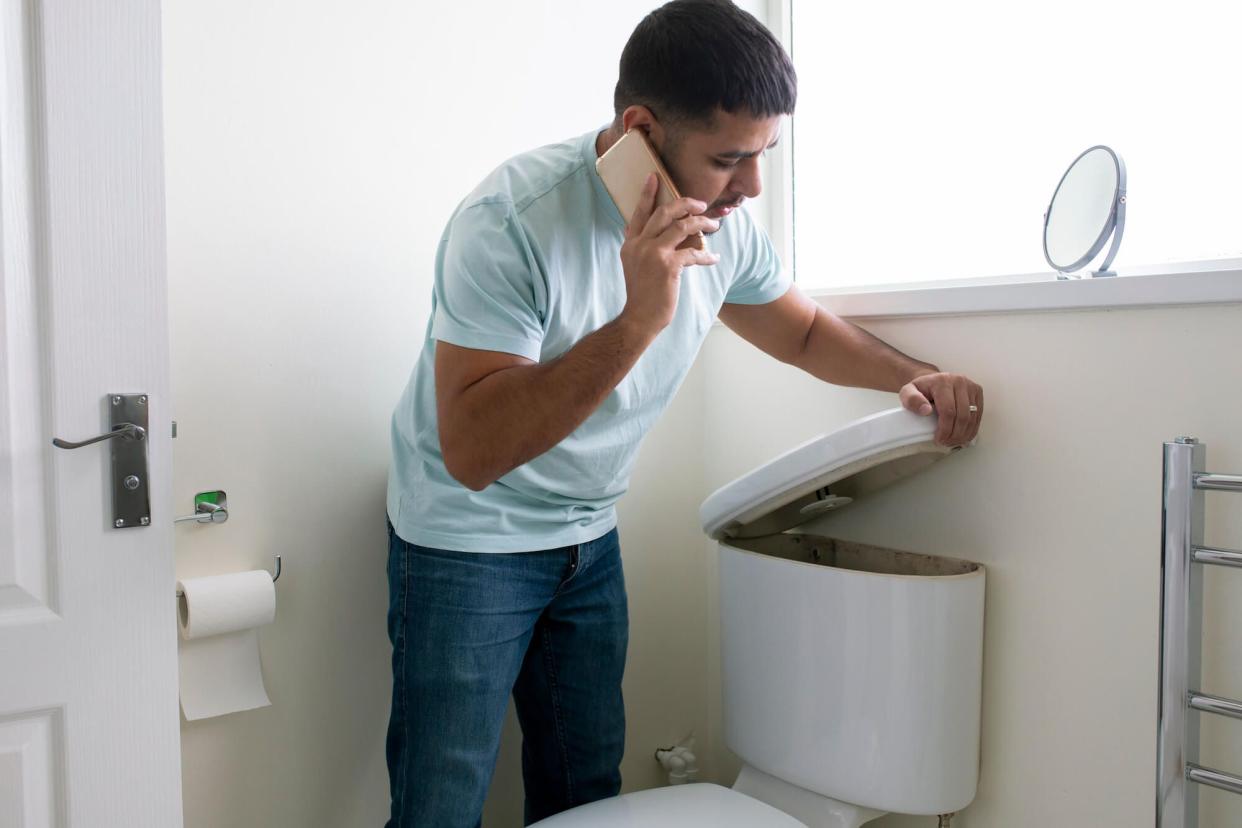
If the water supply line valve is not fully open, not enough water will be in the bowl for effective flushing. The fill valve, found in the toilet water tank, can also cause problems. If you adjust this too low, it can lead to weak flushing capability. Sometimes the fill valve can also become clogged with hard water scale or debris. Adjusting the height of the fill valve and cleaning the mechanism can help produce a more powerful flush.
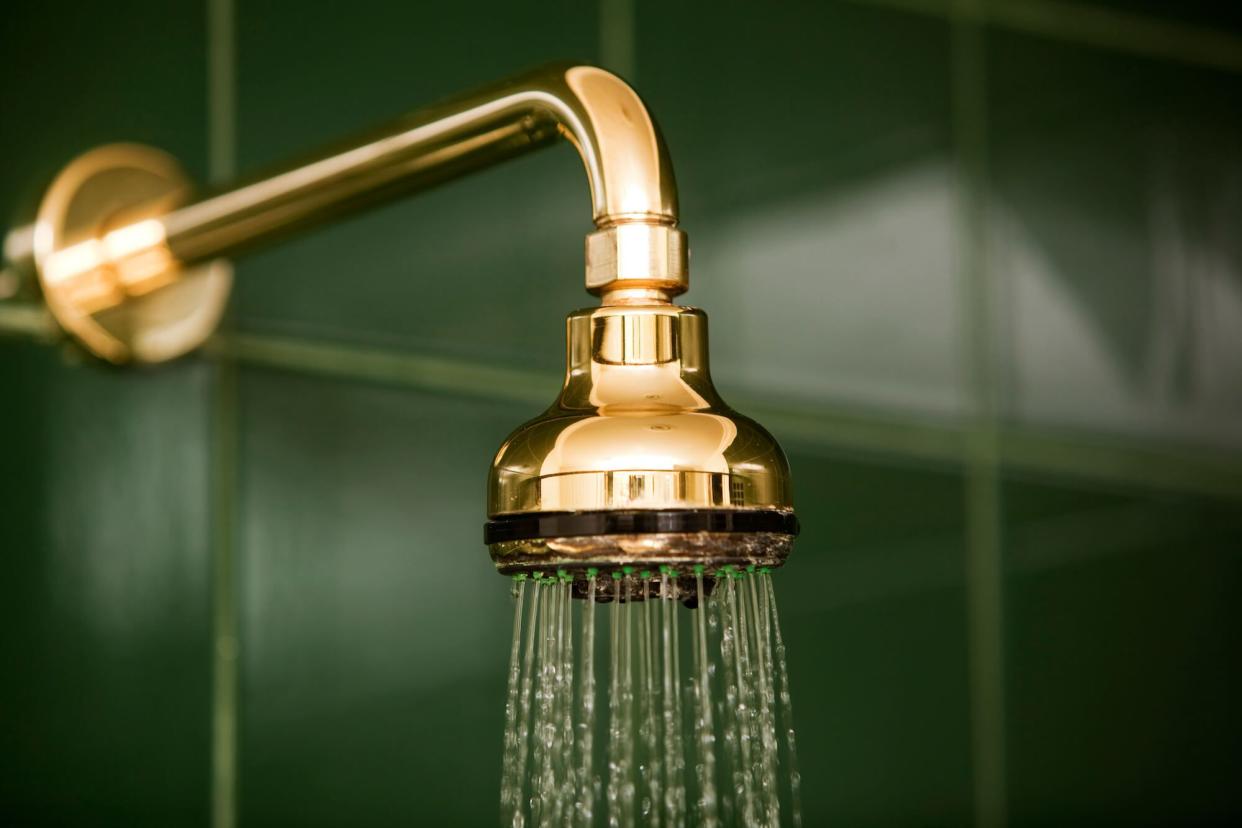
When you live in a region with hard water, especially from a well, the mineral build-up this causes inside the drainpipe or toilet trap can lead to more frequent clogs. A regular flush with hot water can help to dissolve any gathering deposits of minerals like calcium.
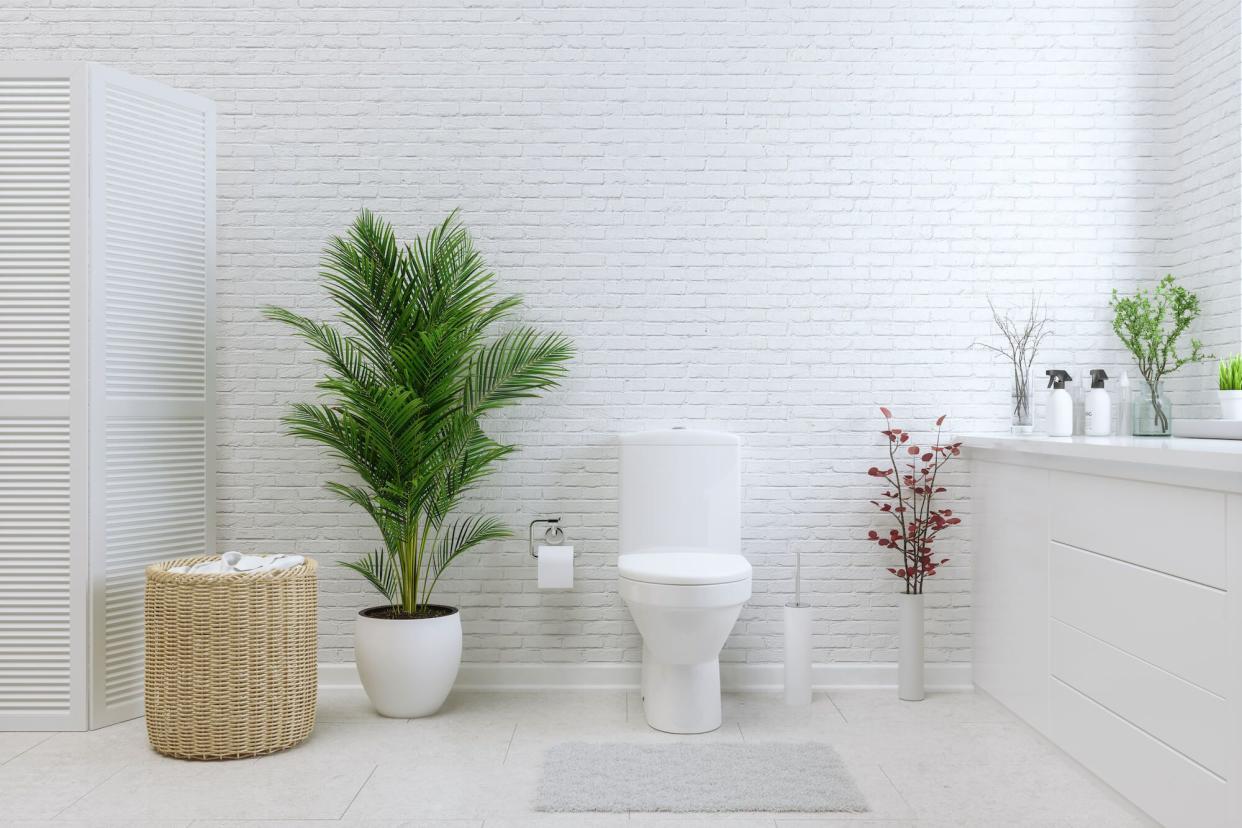
The shape of your toilet can play a part in the likelihood of clogs. Things like narrow drain openings or oddly angled bowls can affect flush effectiveness. If you're unsure where to start when buying a new toilet, look for one with a high MaP score. This independent agency tests toilets and rates them with a score representing the number of grams of solid waste a toilet removes from the fixture in a single flush.
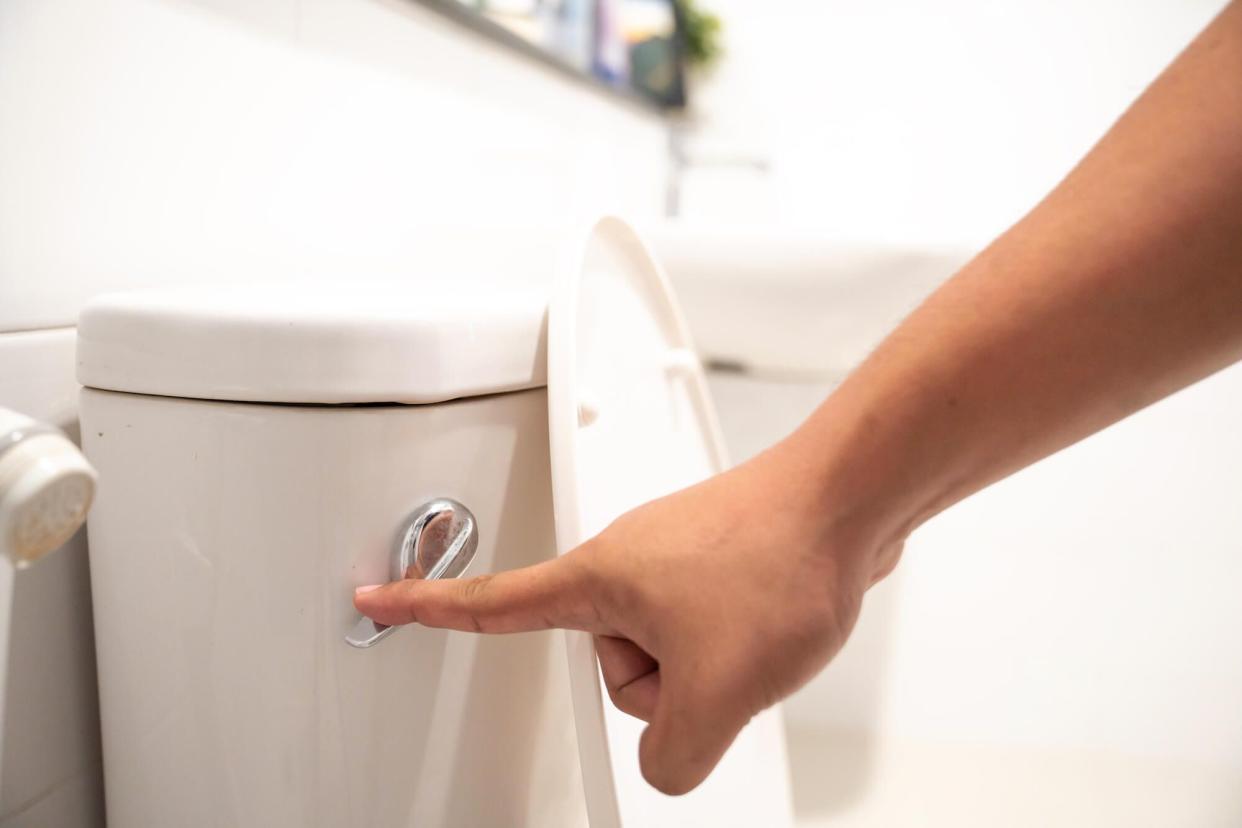
Certain medications, medical issues, and diets low in fiber can lead to toilet blockages, especially if your toilet's flushing pressure is not particularly powerful.
If this is a frequent problem, a pressure-assisted toilet could be a worthwhile investment. They push extra water into the bowl with every flush and, consequently, clogs are less likely.
